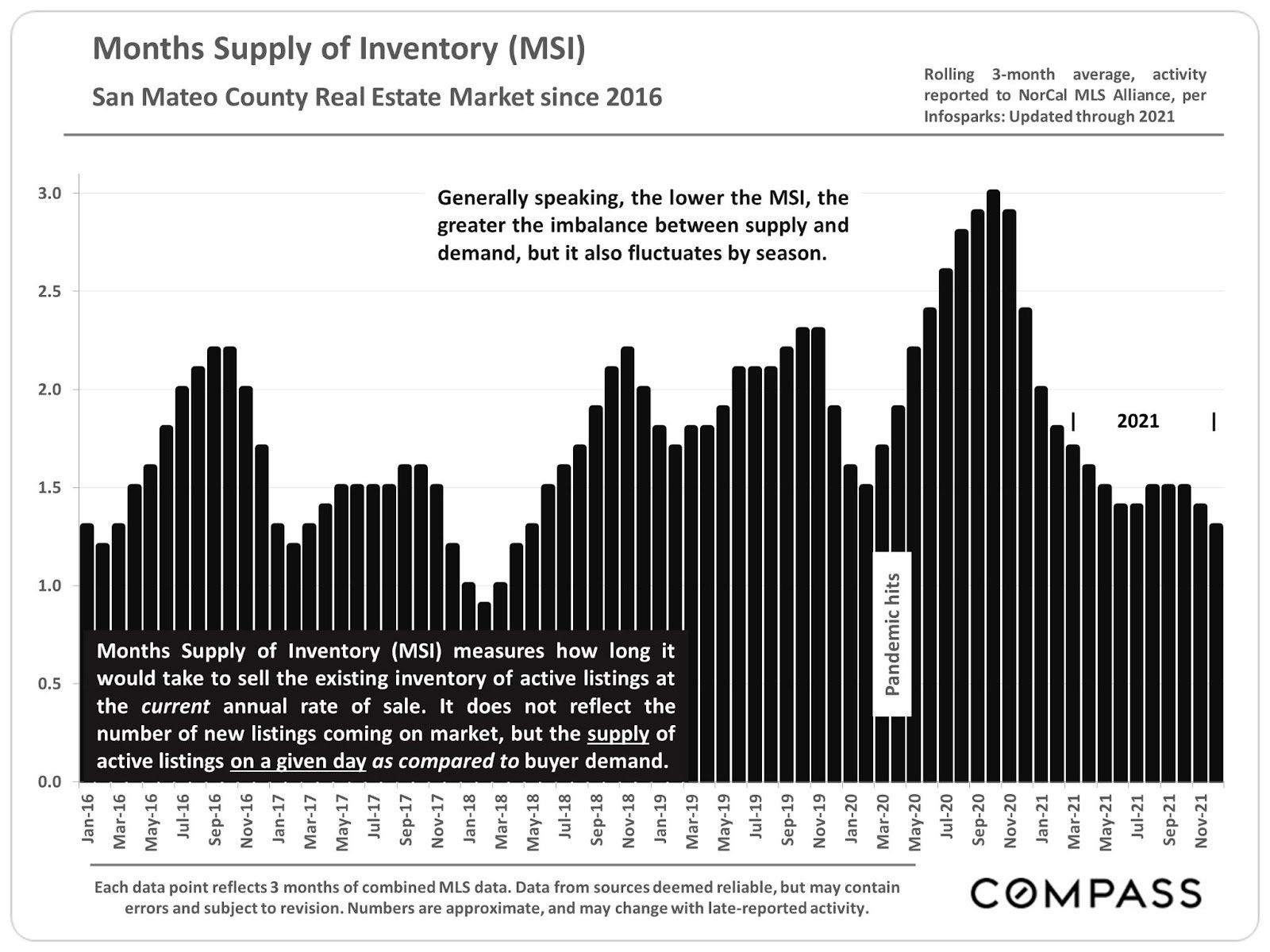Chic vs. Geek: Year of the Water Tiger
/Happy Lunar New Year! Today marks the beginning of the Year of the Tiger, more specifically, the Water Tiger. So what can we expect from the year ahead?
CHIC (PEARL)
According to the Chinese zodiac, people born under one of the 12 signs tend to emulate the characteristics of that animal, which is why those born in the Year of the Tiger are said to be natural, assertive, and generous leaders. They’re thrillseekers with a courageous streak, but they’re also short tempered.
GEEK (KEVIN)
As you might expect, the tiger sign comes with great strength, and for the Water Tiger, this strength is grounded in their interpersonal relationships, especially among family. If you’re looking for a loyal friend who will stick with you no matter what, look no further than someone born in the Year of the Tiger!









